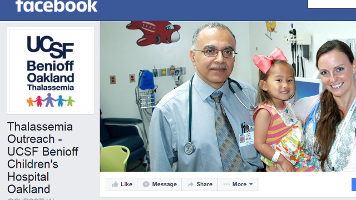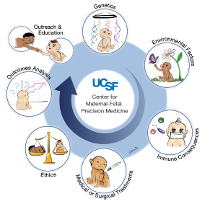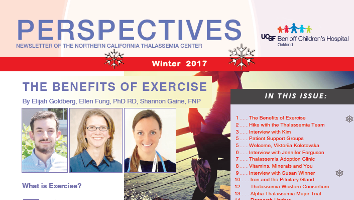Experimental Drug Therapy to Increase Fetal Hemoglobin
The amount of fetal hemoglobin within each red cell plays a major role in determining the severity of thalassemia. The increase in gamma globin chain synthesis decreases the alpha chain imbalance and improves the anemia. Multiple drugs have been studied to increase hemoglobin F. Histone deacetylase (HDAC) inhibitors such as butyrate and short-chain fatty acids have had benefit in select patients, but most responses have been modest and unpredictable. New HDAC drugs are under study. The first successful drug therapy for fetal hemoglobin in thalassemia was 5-azacytidine. This was abandoned because of toxicity. Recent pilot studies evaluating a safer analog (decitabine) are ongoing; however, the long-term benefit and toxicity are unknown. Erythropoietin has increased fetal hemoglobin and total hemoglobin, particularly in patients with relatively low levels of erythropoietin. However, the long-term benefit is unknown, and the risk of marrow expansion is a cause for concern.
The most successful fetal hemoglobin agent to date is oral hydroxyurea. Hydroxyurea is a cytotoxic drug that is short-acting and relatively easy to monitor. It is FDA-approved for the treatment of severe sickle cell disease. However, it is less effective and predictable in thalassemia and more likely to be beneficial in thalassemia intermedia. Approximately 40 percent of patients will have a modest increase in hemoglobin and a decrease in measurement of hemolysis. Baseline hemoglobin F is the strongest predictor of response. Splenectomy and baseline erythropoietin levels may also influence its benefit. The dosage of hydroxyurea is lower in thalassemia than in sickle cell disease. Often, the drug is started at 5 to 10 mg/kg per day and slowly escalated as tolerated to 20 mg/kg per day. While modest responses can be observed, hydroxyurea is not usually successful in preventing eventual transfusion therapy.














